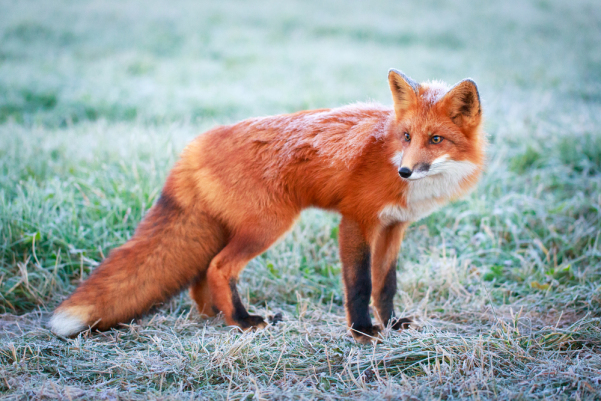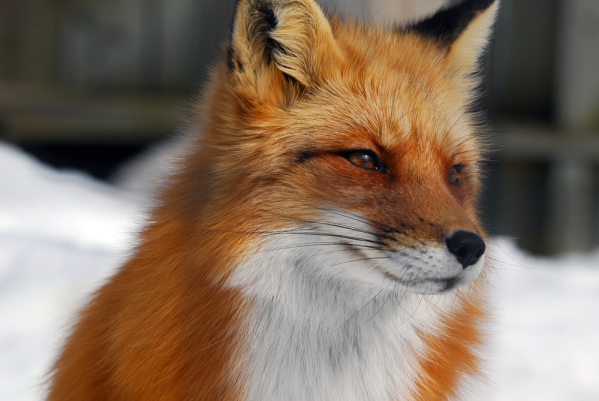
The Red Fox(Vulpes vulpes) is the largest and the most extensively distributed true fox. It is widely distributed across the Northern Hemisphere, including the Northern Part of America, Asia, Africa, and Europe.
After its introduction to Australia, it was and is still considered harmful to native birds and animals. It is also included among the world’s 100 worst invasive species.
*Red Fox Scientific Classification
The Red Fox is a large species that can adapt to new environments quickly. Even though it is called the Red Fox, it produces offspring with other colorings like melanistic and leucistic individuals. The Red Fox has around 45 subspecies, which are sub-divided into two categories;
- Large Northern Foxes
- Small, Basal Southern grey desert foxes, which are found in Asia and North Africa
Red Foxes usually go together in pairs or small groups made of families. Red Foxes mainly feed on small rodents. However, they can also feed on rabbits, invertebrates, reptiles, and game birds. Sometimes red foxes also feed on fruit and vegetable matter.
The Red Foxes are vulnerable to attacks from large carnivores like coyotes, wolves, Golden Jackals, Golden Eagles, and both medium and large-sized felines.

| Length | 45-90 cm(1’5.717-2’11.4″) |
| Shoulder Height | 35-50 cm(1’1.780″-1’7.7″) |
| Tail Length | 30-56 cm(11.8″-1’10.1″) |
| Weight | 2.2-14 kg(4.85-30.86 lbs.) |
Dimensions
Red Foxes are 45 to 90 cm(1’5.7″-2’11.4″) in length, have a tail of 30 to 56 cm(11.8″-1’10.1″), weigh 2.2-14 kg(4.85-30.86 lbs.), and have a shoulder height of 35-50 cm(1’1.780″-1’7.685″). The largest Red Fox ever documented was a specimen killed in Scotland in 2012, it was a male that was 140 cm(4’7.1″) long, and weighed 17.2 kg(37.9 Pounds),
Terminologies
The female Red Foxes are called vixens, while the males are called dogs or tods. The young ones are called kits.
Behaviors
Red Foxes use their urine to mark territories. They also use their urine to keep empty cache sites that they use to store food. This acts as a reminder not to waste time in search of food.
Reproduction and Development
Red Foxes reproduce once a year, that is, during spring, during which the reproductive organ of the female Red Foxes changes in size and shape. The changes include an increase in the size of the ovaries and the uterus.
In males, sperm formation begins in august – September. The testes have the greatest weight from December to February. Pregnancy usually lasts between 49 -58 days. The litter size is primarily four to six kits, although litter size of up to 13 kits has been reported.
Denning Behaviors
Outside the breeding season, Red Foxes prefer living in open and densely vegetated areas. However, they can find their way into caves during bad weather. Red Foxes dig their burrows on hills or mountain slopes, bluffs, rock cliffs, and neglected human environments.
Communication
Red Fox body language consists of:
- Movement of ears
- Tail movements
- Posture
Postures can be divided into dominant and submissive, and fearful categories. Some postures may blend these postures.
Conservation Status
The Red Fox is is listed as least concern.
